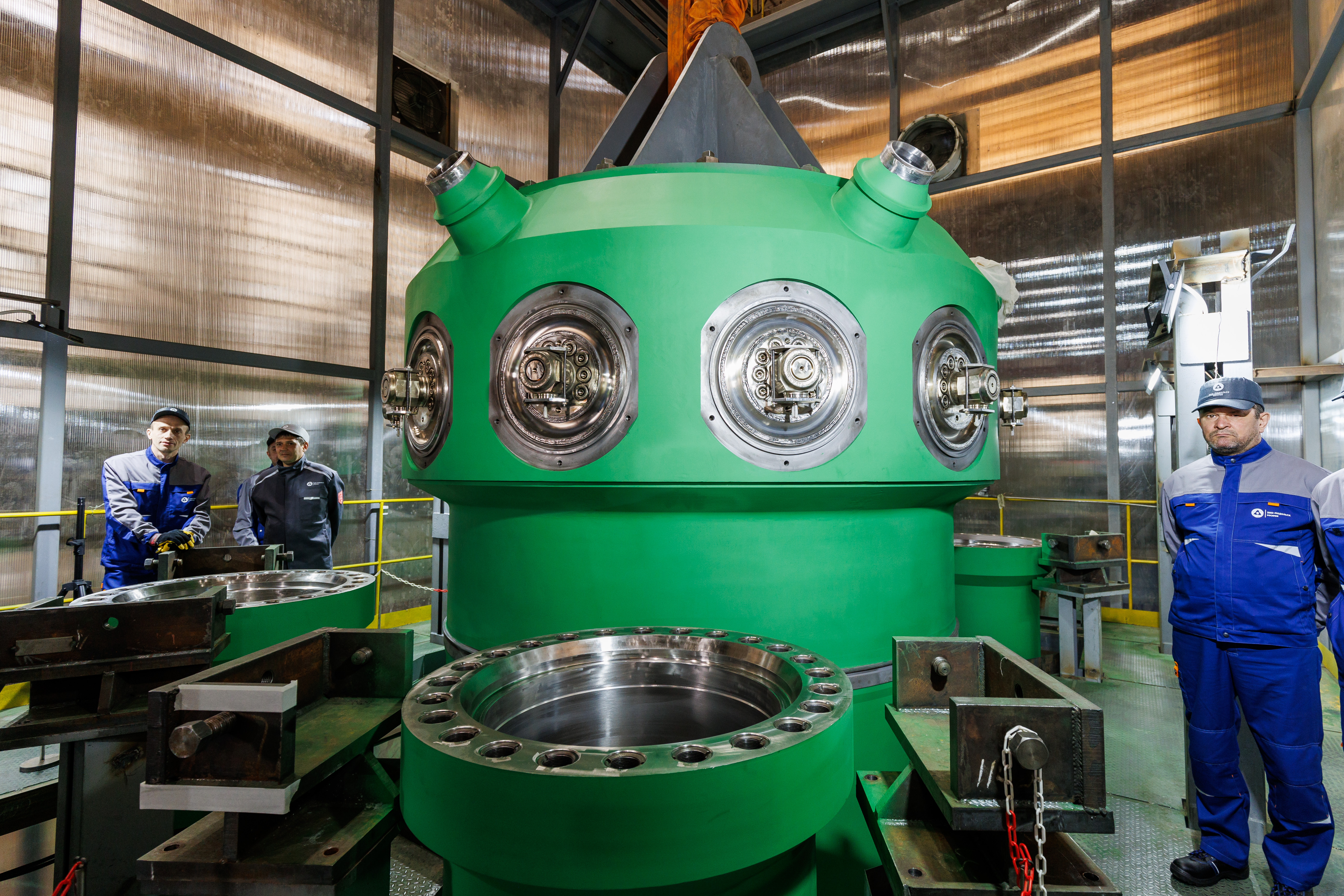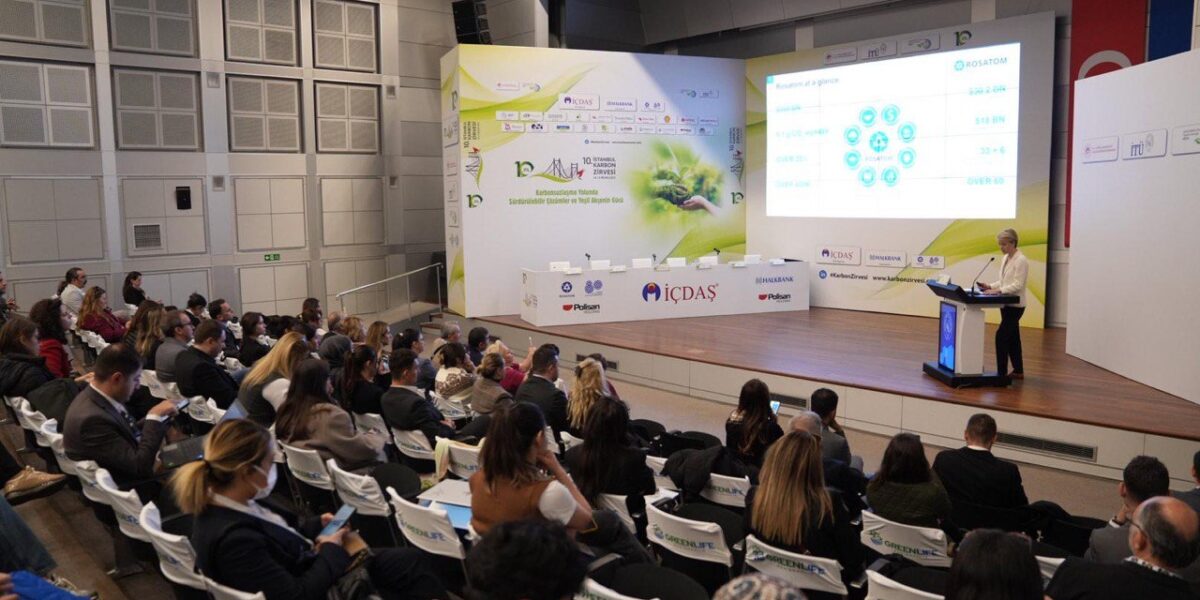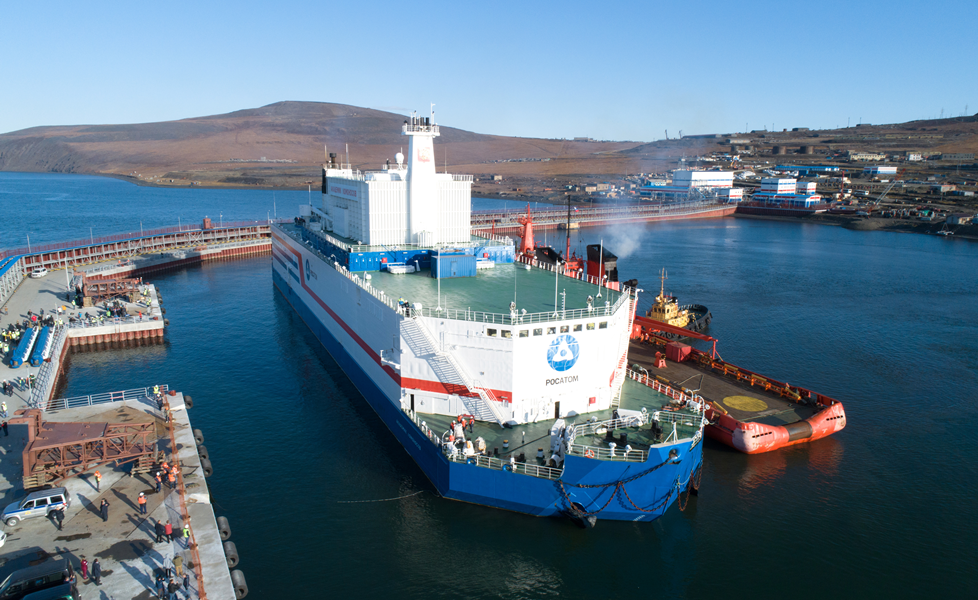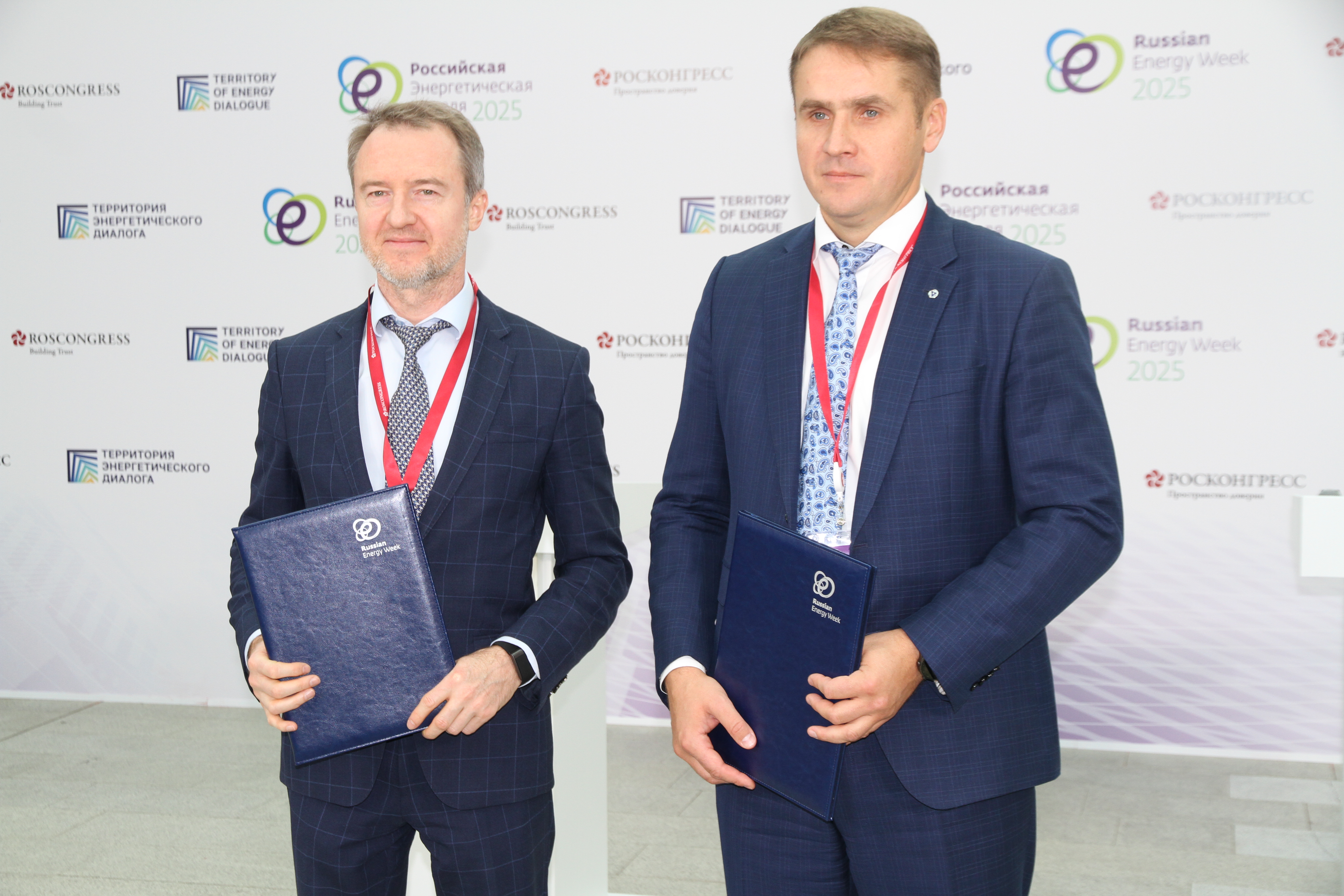ZiO-Podolsk (Rosatom's Machine-Building Division) finished manufacturing the first RITM-400 reactor unit for Rossiya nuclear icebreaker, which will be the most powerful in the world. The command to finish the work on the first RITM-400 was given by Valentina Matvienko, Chair of the Federation Council of the Federal Assembly of the Russian Federation, and Alexey Likhachev, Rosatom Director General. The ceremony was broadcast in the Federation Council of the Federal Assembly of the Russian Federation, where Rosatom's exposition dedicated to the 80th anniversary of the nuclear industry opened on May 20.
"The completion of the RITM-400 reactor is a significant event for the icebreaker fleet, for Rosatom and for our entire country. The reactor units of the next-generation Rossiya nuclear icebreaker will allow it to break over 4 meters thick ice. We decided to name each of the two reactors, which will make the ship extraordinary powerful, after the Russian legendary heroes, Ilya Muromets and Dobrynya Nikitich. They performed feats in the name of Russia, while the new reactors named after them will help Rossiya icebreaker overcome the special ice conditions of the Arctic," Alexey Likhachev noted during the ceremony.
"Today we have completed the first RITM-400 for Rossiya icebreaker; in a couple of months we will complete the second one. Both units will be sent to the shipyard for installation on the Rossiya nuclear ship and will be a gift from Rosatom's machine builders to mark the 80th anniversary of the nuclear industry. The completion of this project opens up new opportunities in developing the Northern Sea Route," added Igor Kotov, Head of Rosatom's Machine Building Division.
The Northern Sea Route is the shortest shipping route between Western Eurasia and the Asia-Pacific Region. The NSR administratively begins at the border between the Barents and Kara Sea (Kara Strait) and ends in the Bering Strait (Cape Dezhnev). The route is 5,600 km long. The NSR passes through the seas of the Arctic Ocean (Kara, Laptev, East Siberian, Chukchi). The NSR services the ports in the Arctic and major Siberian rivers. There are currently six major seaports located in the waters of the NSR in the Arctic zone of the Russian Federation: the port of Sabetta, the port of Dickson, the port of Dudinka, the port of Khatanga, the port of Tiksi, and the port of Pevek.
The RITM-400
reactor unit is designed to be
used as the main power source for new generation nuclear icebreakers, which
will be the most powerful in the world. It builds on the RITM-200 with an
increase in thermal power to 315 MW, making it superior to all globally
available marine reactor plants.
Rossiya ultra-powerful
nuclear icebreaker, the lead icebreaker of the new project 10510 Russia, will
be equipped with two RITM-400 reactor units. The vessel is being built in the
Far East. Once commissioned, it will ensure year-round navigation of the
commercial fleet along the Northern Sea Route.
Russia is the only country to possess a fleet of nuclear icebreakers.
Today, the Russian
icebreaker fleet includes eight nuclear icebreakers: 50 Let Pobedy, Vaigach, Yamal, Taimyr, Arktika universal nuclear icebreaker (Project
22220), Siberia universal nuclear icebreaker (Project 22220), Ural (Project
22220), Yakutia (Project 22220).
Rosatom's Machine Building Division has extensive experience in manufacturing RITM series reactor units. To date, 10 RITM-200s have been manufactured and shipped for Project 22220 nuclear ships. Another 10 reactor units of the RITM series for the Russian icebreaker fleet and projects in the field of small-scale nuclear power on land and water are at various stages of production at the division's enterprises.
In 2018, the Russian Government authorized Rosatom as the infrastructure operator of the Northern Sea Route. The corporation supervises the federal project "Development of the Northern Sea Route", as well as takes part in implementing the Northern Sea Route Development Plan until 2035 and the initiative for socio-economic development of the Russian Federation until 2030, "All-Year-Round Northern Sea Route", approved by the Russian Government. One of Rosatom's strategic objectives consists in making the NSR an efficient passage connecting Europe, Russia, and the Asia Pacific Region. In December 2024, a federal project was approved to develop the Great Northern Sea Route – the transport corridor connecting St. Petersburg and Kaliningrad to Vladivostok.
In 2025, the Russian nuclear industry celebrates its 80th anniversary: on August 20, 1945, the Special Committee on the Utilization of Atomic Energy was established. The country responded to the U.S. threat by developing its own nuclear weapons in four years (the RDS-1 bomb was successfully tested in 1949). The USSR was a pioneer and global leader in the peaceful use of atomic energy: Soviet nuclear engineers built the world's first nuclear power plant (1954, Obninsk) and made the first nuclear icebreaker to help explorers of the Arctic (1959, Lenin). Today, Rosatom continues developing and implementing advanced technologies in a wide range of industries. The State Corporation not only builds nuclear power plants, providing clean energy to hundreds of millions of people in dozens of countries around the world, but also ensures the logistics of the Northern Sea Route, produces new materials, develops and manufactures pharmaceuticals for nuclear medicine. The anniversary year is defined by three words: pride, inspiration, dreaming. Nuclear engineers are proud of the feat performed by the industry's founding fathers. They are inspired by the accomplishments of previous generations. They plan to break new grounds, pushing the boundaries of what is possible. The 80th anniversary of the industry will be celebrated with a number of events, the key one being the World Atomic Week international forum.
The comprehensive development of Russia's Arctic territories is a strategic priority for the Russian State. It is essential to intensify the NSR transportation for accomplishing the assigned tasks.
To expand this freight corridor, we are implementing regular cargo services, building new nuclear icebreakers, and updating the infrastructure. Rosatom's enterprises are contributing heavily to this endeavor.





